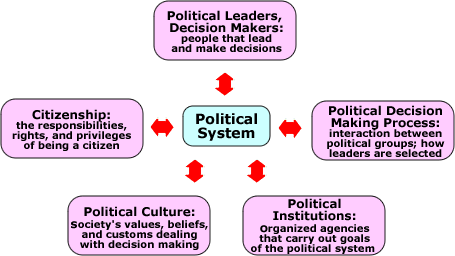Lesson Two: The Origins of Western Democratic Liberalism
8. Conclusion
The Western European origins of liberalism trace their roots back to significant events. The Renaissance period (14th to 17th century) in Europe saw the emergence of a modern spirit individualism, which is a central characteristic of liberalism. By the end of the 18th century, revolutions had taken place in America and in France to establish governments based on the liberal values of freedom and democracy. The Industrial Revolution during the late 18th and early 19th century in western Europe and North America transformed economic systems. Classical liberal values led to laissez-faire capitalism, as described by Adam Smith. Later, during during the mid-19th century, John Stuart Mill advanced Smith's ideas into the political and social realms, and moved them toward what would come to be known as modern liberalism.
To summarize, how does classical liberalism approach a political system? The direction classical liberalism takes politically is based on individualism

-
Political leaders and decision-makers should come from the people.
-
Political decision-making process should be open to all individuals in society.
-
Political leaders and decision-makers should be selected by society in general.
-
Government decision making role should be limited to providing security to individuals and protecting private property.
-
Political institutions should be limited in power and their goal should be to protect individual rights and freedoms.
-
Political culture should be based on individual rights and freedoms.
-
Citizen responsibilities should be not to cause harm to others.
-
Citizen individual rights and freedoms should be unlimited, provided they don't interfere with the rights and freedoms of others; much like if one lived in a jungle
-
The common good will benefit from everyone having equal individual rights and freedoms.